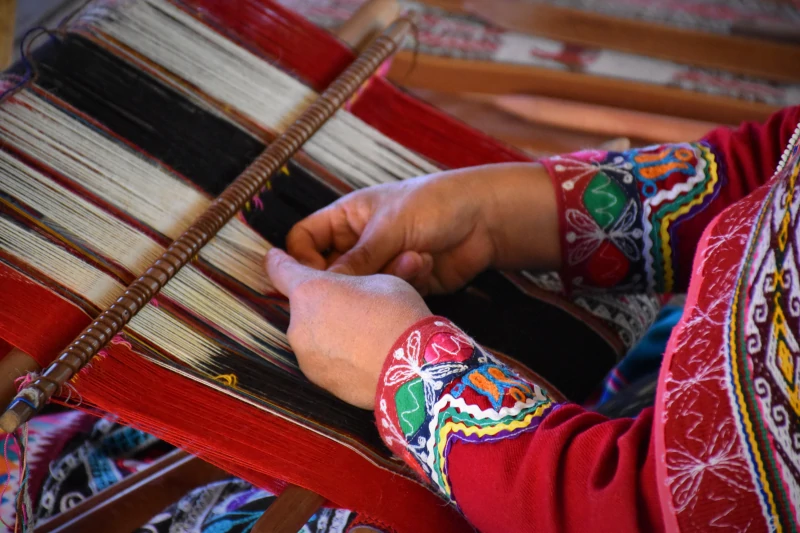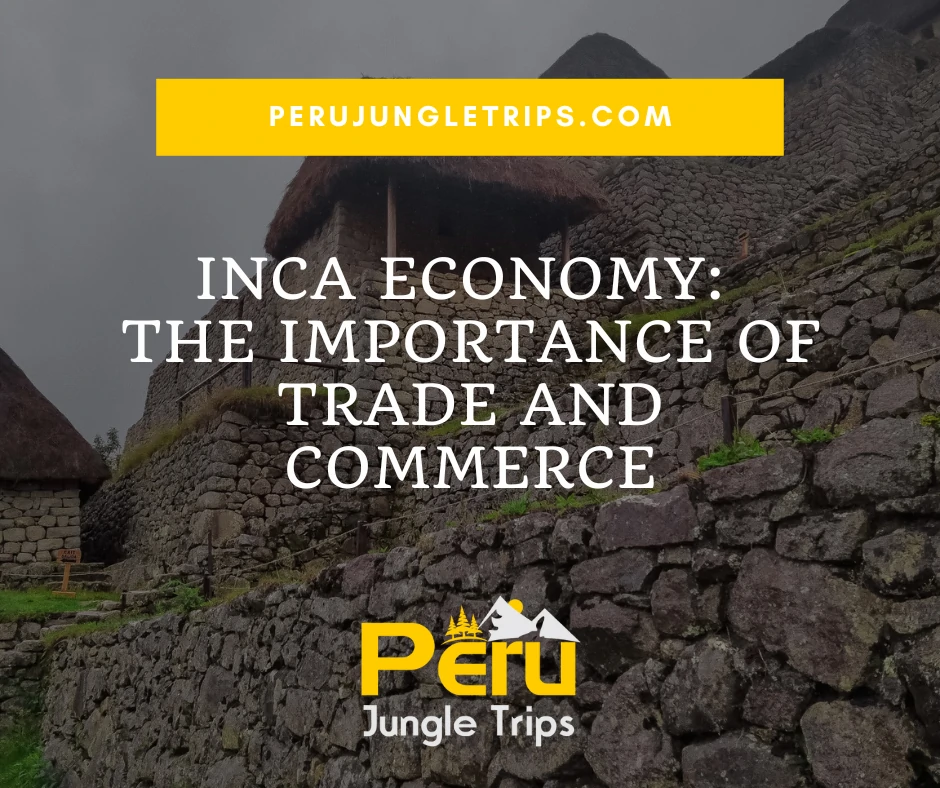The Inca Empire once stood as a testament to human ingenuity and resourcefulness.
With its intricate network of roads, breathtaking agricultural terraces, and magnificent stone architecture, the Incas created a complex and vibrant civilization that has captivated historians, archaeologists, and economists alike.

Among the many facets of Inca society, their economy, driven by trade and commerce, played a critical role in the empire’s success.
In this article, we will delve into the heart of the Inca economy. Thus, we will explore the unique systems and structures that facilitated trade and commerce across the vast terrain, and how these practices contributed to the stability and prosperity of one of history’s most impressive empires.
Foundations of the Inca Economy: Mita, Reciprocity, and Redistribution
The Inca Empire was built upon a unique economic foundation.
At its core, the economy revolved around the concepts of mita, reciprocity, and redistribution.
Mita, a mandatory labor system, required citizens to work on public projects. In exchange, they received food, shelter, and other necessities.
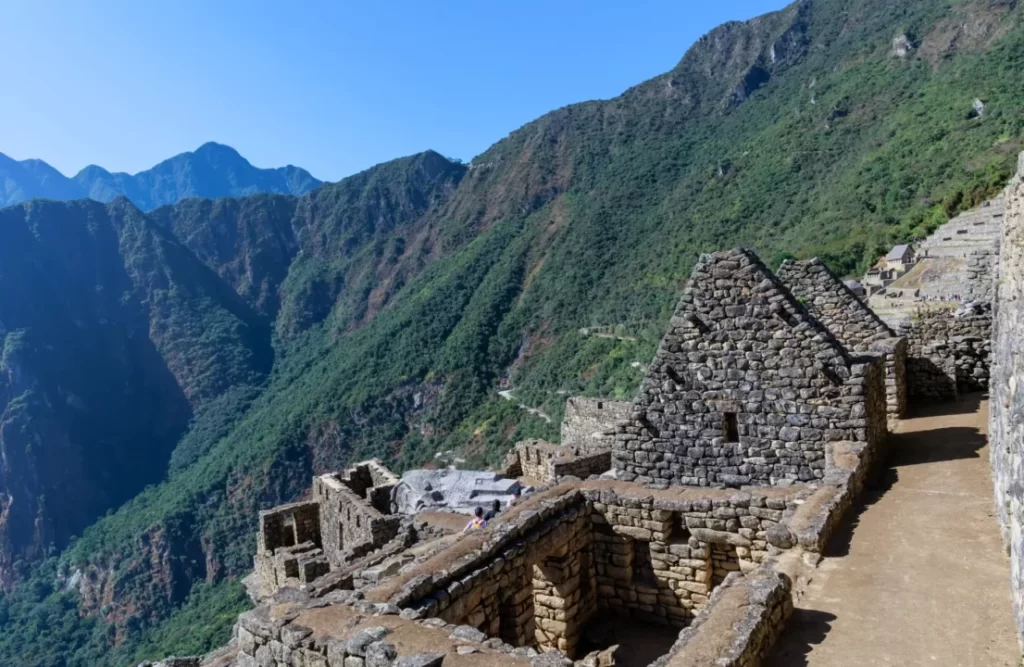
On the other hand, reciprocity played a vital role in maintaining social cohesion.
It was an unwritten code that dictated the exchange of goods, services, and labor. This practice fostered trust and cooperation within communities, paving the way for a successful empire.
Additionally, redistribution, managed by the state, ensured that resources were allocated fairly among the population. The Incas collected taxes in the form of goods, labor, and agricultural produce. These resources were then distributed to regions in need, contributing to overall stability.
One example of mita in action is the Sacred Valley. This fertile area was cultivated by skilled farmers, using terraces and complex irrigation systems. They produced food for the empire and were rewarded with state-provided resources.
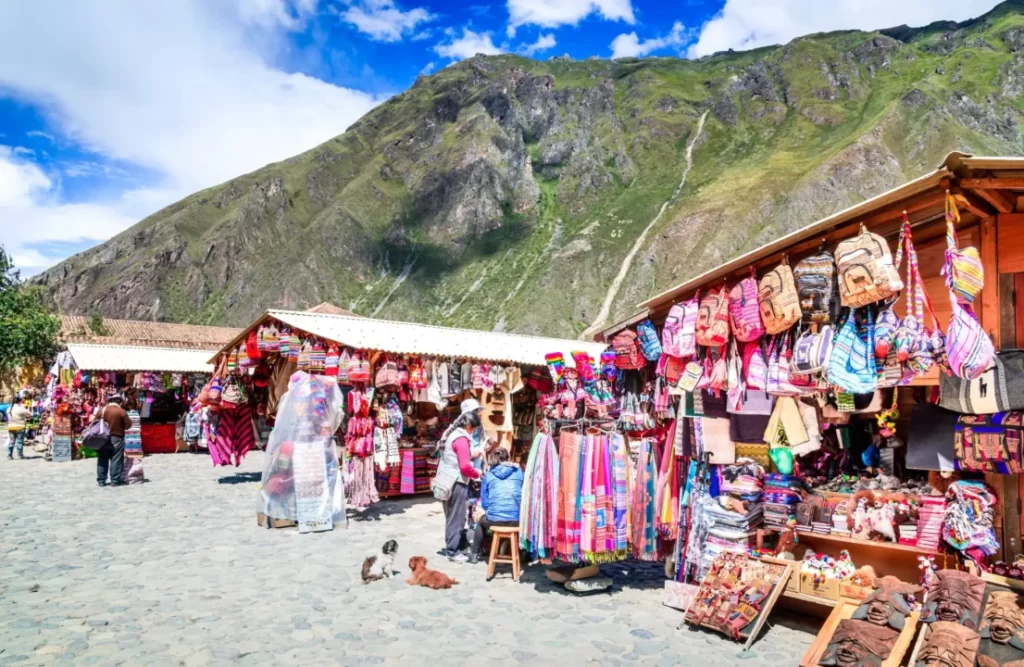
The Incas also excelled in architecture and engineering. Sacsayhuaman, a magnificent fortress and religious site, exemplifies their expertise. Thus, its construction involved the use of mita labor and cooperation among thousands of workers.
Reciprocity shaped the Inca trade system, where bartering was the norm. Rather than using currency, goods and services were exchanged directly. This practice facilitated the flow of resources, promoted interregional trade, and fostered economic growth.
State-controlled redistribution allowed the Inca Empire to survive in a challenging environment. By managing resources effectively, they ensured that no region faced severe scarcity, even during droughts or other natural disasters.
The foundations of the Inca economy relied on a delicate balance between mita, reciprocity, and redistribution. Thus, these principles created a stable and prosperous society, capable of remarkable achievements in agriculture, architecture, and trade.

The Inca Road System: The Backbone of Trade and Communication
The Inca Road System was a crucial component of the Inca economy. Spanning approximately 30,000 km (18,641 miles), this intricate network of roads connected the entire empire. Thus, it facilitated trade, communication, and military movements, strengthening the empire’s cohesion and prosperity.
The road system was constructed in a way that accommodated the diverse terrain. It traversed deserts, mountains, and jungles, allowing for efficient transportation of goods and people. Ingenious engineering solutions, such as suspension bridges, facilitated travel across difficult passages.
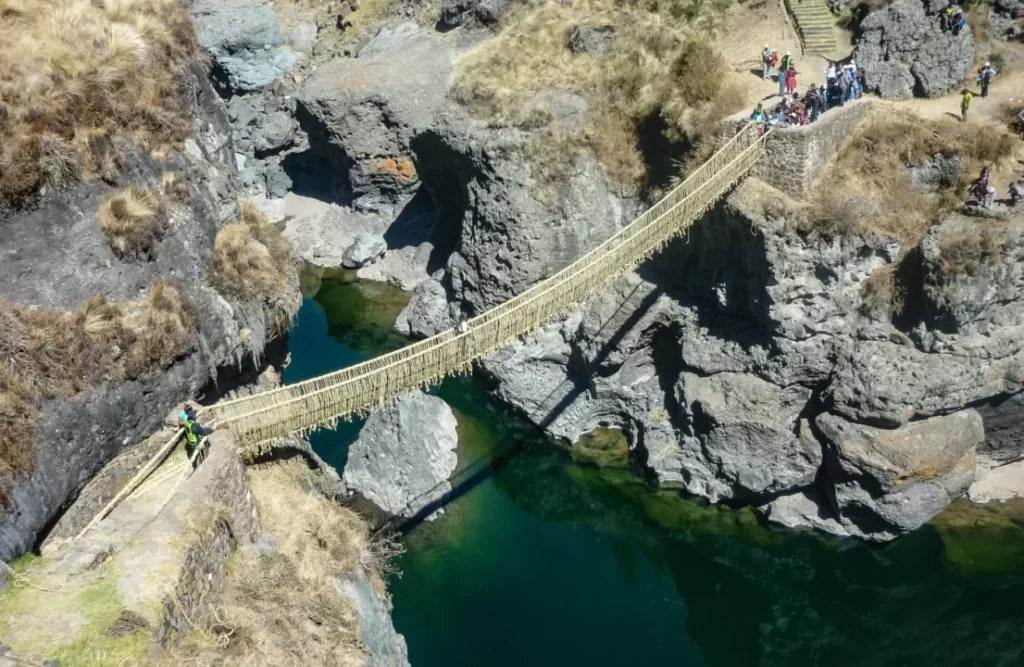
Additionally, roadside facilities, known as tambos, were strategically placed along the routes. They served multiple purposes, including providing rest stops for travelers, storage of goods, and lodging for officials. This infrastructure played a key role in sustaining commerce and communication.
Also, chasquis, or Inca messengers, were essential to the empire’s communication system. They rapidly relayed information between different regions, using the road network to their advantage. Their incredible speed and endurance ensured timely delivery of messages and orders.
The Inca Road System contributed to the distribution of goods, ideas, and technologies. It enabled regional specialties to be traded, such as textiles from the highlands and tropical fruits from the lowlands. This exchange enriched the Inca economy and promoted growth.
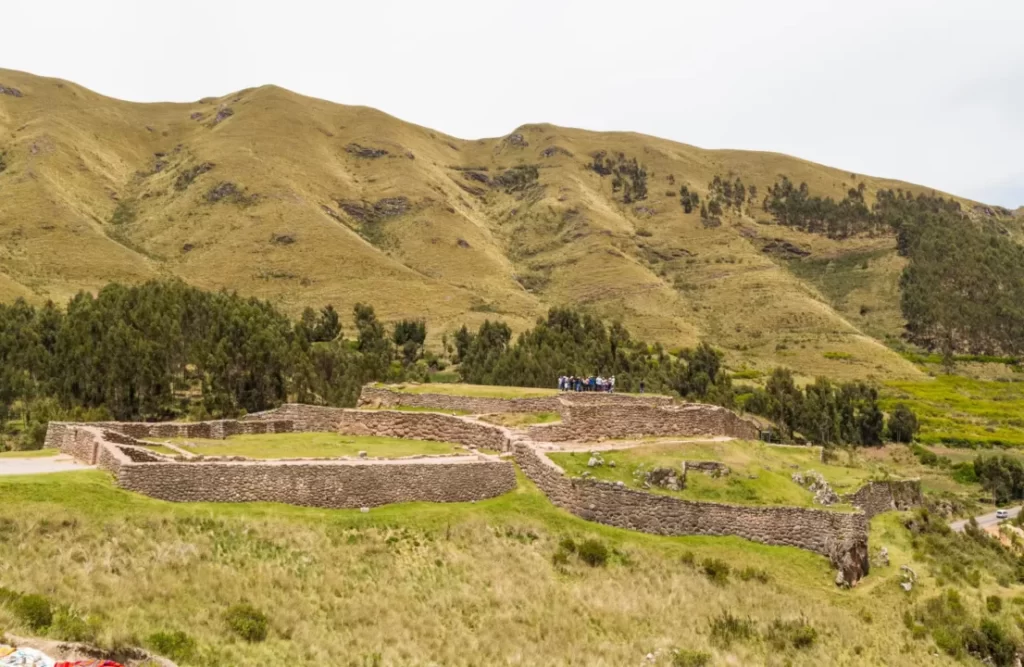
Puca Pucara, an archaeological site near Cusco, is believed to have been a military outpost and checkpoint. Thus, it demonstrates the strategic importance of the road network, which was crucial for maintaining control over the vast empire.
Additionally, the road system was not only essential for trade and communication but also for cultural exchange. It allowed different regions to share customs, art, and beliefs, fostering a sense of unity among the diverse Inca population.

The impact of trade and commerce on Inca society
Trade and commerce were fundamental to the Inca economy and had a profound impact on Inca society. The exchange of goods and ideas led to technological innovations and fostered cultural exchange, enriching the civilization.
Agricultural techniques, like terracing and irrigation systems, were shared across the empire. This allowed communities to produce food more efficiently and sustain a growing population. These methods also minimized soil erosion and conserved water resources.
Metallurgy was another area where the Inca economy benefited from technological advancements. The Incas developed expertise in working with gold, silver, and copper. They crafted beautiful jewelry, tools, and ceremonial items, demonstrating their artistry and skill.
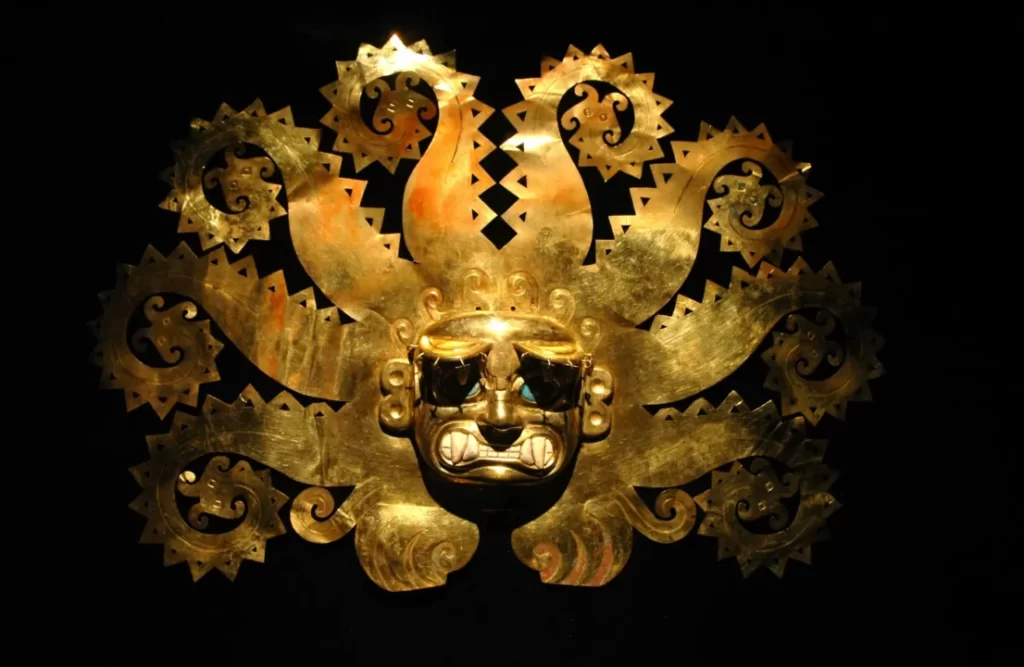
Textile production was an essential aspect of Inca society, with various regions specializing in different techniques and materials. The exchange of textiles facilitated by trade and commerce showcased diverse styles, patterns, and colors, reflecting a rich cultural tapestry.
The Inca Road System facilitated the sharing of ideas and beliefs among different regions. This cultural exchange allowed local practices to spread and become integrated into the wider Inca worldview. This amalgamation of beliefs and customs contributed to the empire’s unity.
Trade and commerce also enabled the Incas to access resources that were not available locally. Goods like salt, shells, and exotic feathers were highly valued and sought after, allowing for a more diverse and prosperous economy.
The impact of trade and commerce on Inca society extended far beyond economic growth. Thus, it encouraged technological innovations, fostered cultural exchange, and reinforced the empire’s unity. To experience the rich biodiversity and cultural heritage of the region first-hand, consider visiting Manu National Park and Machu Picchu. These destinations offer a glimpse into the complex and fascinating world of the Andes.
